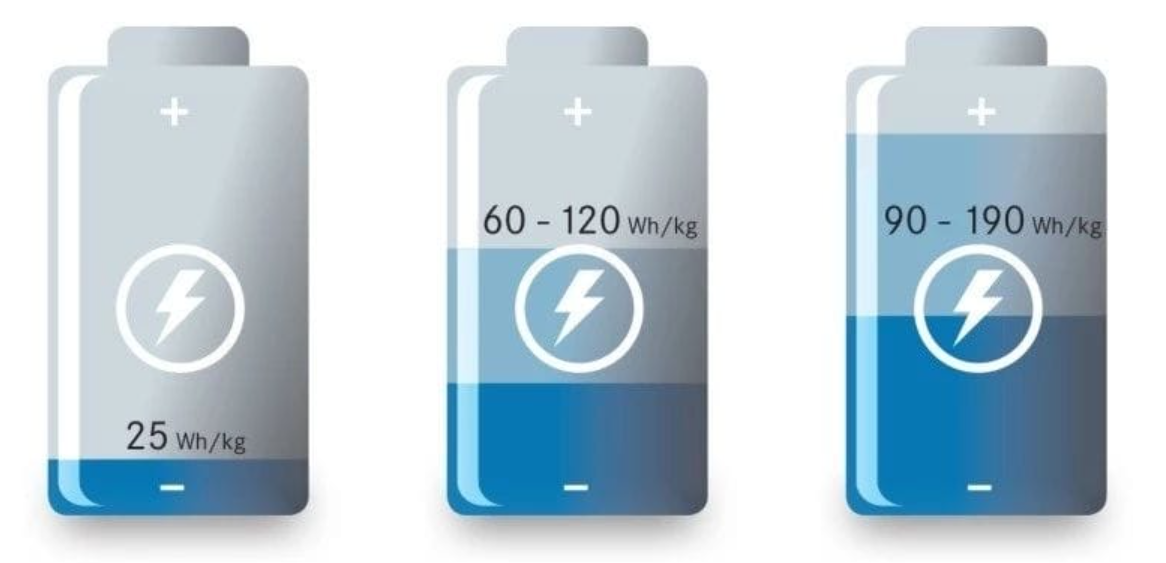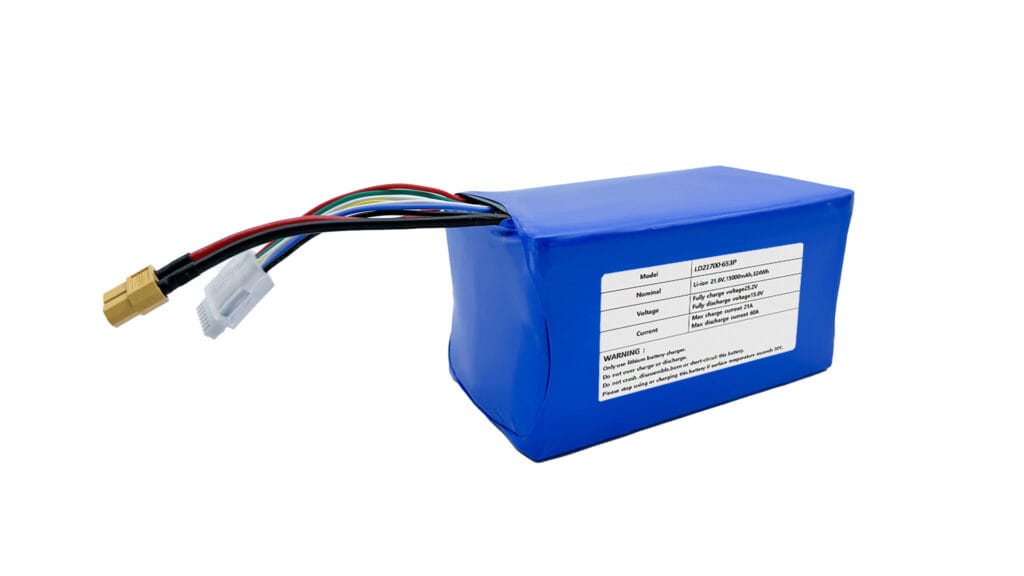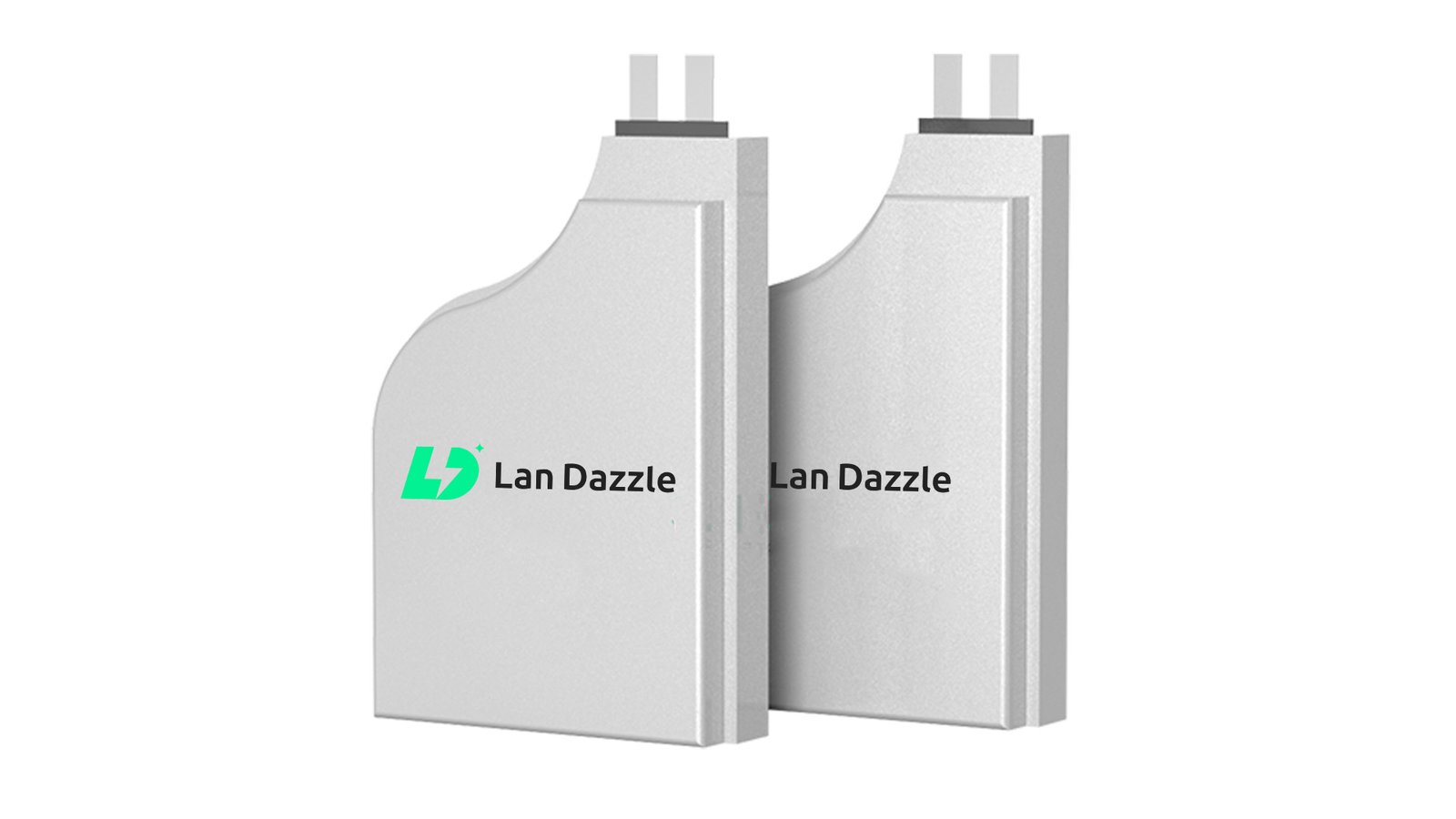Lithium battery capacity loss is a critical issue that directly impacts the performance, reliability, and longevity of energy storage systems. As our world increasingly relies on advanced technologies—from electric vehicles to portable consumer devices—the need to address and mitigate capacity loss becomes more pressing than ever. In this comprehensive guide, we explore the various factors that contribute to lithium battery capacity loss and practical strategies to minimize capacity loss and optimize battery performance over time.
Understanding Battery Capacity
Battery capacity is the measure of the total charge a battery can store, usually expressed in ampere-hours (Ah) or watt-hours (Wh). This parameter is crucial because it directly influences the runtime, energy density, and overall performance of a lithium battery. Key performance parameters include:
- Energy Density: Determines how much energy is stored per unit weight or volume.
- Cycle Life: The number of complete charge-discharge cycles a battery can undergo before its capacity falls below a specified percentage of its original value.
- Power Density: The rate at which energy can be delivered by the battery.
The balance between these parameters ensures that batteries are both efficient and durable. For example, a battery with high energy density but low cycle life might be ideal for short-term use but less suitable for applications requiring longevity.
Impact of Battery Capacity Reduction
When the battery capacity of a lithium battery decreases, the effects can be far-reaching, affecting both performance and overall system reliability. Here’s a deeper look into the multiple facets of this impact:
Reduced Energy Efficiency and Performance
- Shorter Runtime: A drop in battery capacity directly reduces the amount of stored energy. For example, in consumer electronics like smartphones or laptops, this can lead to significantly shorter usage times between charges.
- Diminished Power Output: In high-demand applications such as electric vehicles or industrial machinery, reduced capacity means that the system can deliver less power when needed, which might lead to slower acceleration, decreased torque, or compromised performance during peak loads.
- Compromised Energy Density: The overall energy density of the battery falls, which is crucial for applications where weight and space are at a premium, such as in aerospace and portable medical devices.
Impact on Operational Reliability and Downtime
- Frequent Charging Cycles: Reduced battery capacity forces systems to be charged more often, potentially interrupting operations. In critical systems like backup power supplies or remote monitoring stations, this can result in unexpected downtime.
- System Instability: Devices relying on stable power sources may experience fluctuations or performance drops, leading to system errors or even complete shutdowns during peak usage times.
Safety Concerns and Risks
- Thermal Instability: As batteries degrade, internal resistance can increase, causing heat buildup during operation. Overheating is a serious safety hazard and can lead to thermal runaway, where the battery overheats uncontrollably.
- Increased Risk of Short-Circuiting: Degradation of internal components, such as electrodes and separators, can create conditions conducive to short-circuits, which may result in battery swelling, leakage, or in severe cases, fire or explosion.
- Example in Electric Vehicles: An electric vehicle experiencing a significant loss in battery capacity might not only suffer from reduced driving range but also face increased risk during rapid charging scenarios, where thermal management systems are pushed to their limits.
Elevated Operational and Maintenance Costs
- Replacement Costs: A decrease in battery capacity often means that batteries need to be replaced sooner than expected. In sectors like renewable energy storage or electric vehicles, this translates into high maintenance costs over the battery’s lifetime.
- Energy Waste and Efficiency Loss: Reduced capacity can lead to inefficiencies, meaning that more energy is required to perform the same tasks, thereby increasing operational expenses. Over time, these inefficiencies add up, impacting overall cost-effectiveness.
- Diagnostic and Repair Expenses: Frequent capacity testing and the need for more advanced battery management systems (BMS) to mitigate degradation can further elevate maintenance costs.
Causes of Lithium Battery Capacity Loss
Understanding why lithium battery capacity decreases is critical for prevention. The primary reasons include:
Degradation of Positive and Negative Electrodes
- Positive Electrode: Over time, the active materials in the cathode can lose their ability to intercalate lithium ions effectively, reducing capacity.
- Negative Electrode: The anode may undergo structural changes and form a solid electrolyte interphase (SEI) layer that thickens with repeated cycles, impairing ion flow.
Electrolyte Decomposition
The electrolyte in a lithium battery facilitates ion transport. With repeated charge/discharge cycles and exposure to high temperatures, the electrolyte can degrade, leading to reduced ionic conductivity and battery performance.
Separator (Diaphragm) Deterioration
The diaphragm or separator prevents short-circuits by keeping the electrodes apart. Physical or chemical degradation of this component can result in inefficient ion transport and increased internal resistance.
External Conditions
Factors such as temperature extremes, overcharging, deep discharging, and even improper storage conditions can exacerbate capacity loss. For example, exposure to high temperatures accelerates chemical reactions that degrade battery components, while extremely low temperatures can reduce ionic mobility.
Strategies to Reduce Battery Capacity Loss
To preserve the battery capacity of lithium batteries and extend their operational life, consider the following detailed strategies:
Optimized Charging Protocols
- Avoid Overcharging: Use smart chargers that stop charging when the battery reaches 100% to prevent stress on the electrodes.
- Partial Discharge Cycles: Instead of full discharge cycles, maintain the battery within a safe operating window (typically between 20% and 80% state of charge) to reduce stress on the materials.
Thermal Management
- Temperature Control: Implement cooling systems or insulation to maintain the battery within optimal temperature ranges. Overheating is a common cause of rapid degradation.
- Environment Monitoring: Regularly check the ambient temperature and humidity where batteries are stored and operated.
Regular Maintenance and Monitoring
- Capacity Testing: Periodically test the battery capacity using methods such as Coulomb counting or impedance spectroscopy to track performance over time.
- Visual and Sensor Inspections: Use built-in sensors and external inspections to monitor the physical state of electrodes, separators, and overall battery health.
High-Quality Materials and Design
- Advanced Materials: Invest in research and development of more stable electrode materials and electrolytes.
- Robust Battery Management Systems (BMS): A sophisticated BMS can balance cell voltages, monitor thermal conditions, and prevent harmful operating conditions.
User Education and Best Practices
- Usage Guidelines: Educate users on proper battery usage, including charging habits and storage conditions.
- Scheduled Maintenance: Recommend regular maintenance intervals to check and calibrate battery systems, ensuring early detection of capacity loss.
How to Determine Lithium Battery Capacity Loss
Determining whether a lithium battery has lost capacity involves both quantitative and qualitative assessments:
- Capacity Testing: Use standardized testing procedures to measure the actual capacity versus the rated capacity.
- Cycle Counting: Monitor the number of charge-discharge cycles, as a higher number usually correlates with increased degradation.
- Performance Benchmarks: Compare current performance metrics (e.g., runtime, energy output) against initial specifications.
- Diagnostic Tools: Leverage advanced BMS and diagnostic software to analyze internal resistance, voltage drops, and temperature fluctuations.
Regular analysis helps in identifying early signs of capacity loss, allowing for proactive measures.
Recommended Frequency for Battery Capacity Testing
The frequency of battery capacity testing depends on the application and usage conditions:
- High-Demand Applications (e.g., Electric Vehicles, Industrial Systems): Test every 3–6 months.
- Moderate-Demand Applications (e.g., Consumer Electronics): Annual testing may suffice.
- Critical Systems: More frequent testing, such as quarterly, may be necessary to ensure safety and reliability.
Regular testing not only helps in maintaining battery performance but also aids in scheduling timely maintenance and replacements.
Frequently Asked Questions (FAQs)
Q1: What is battery capacity and why is it important?
A: Battery capacity is the measure of the energy a battery can store. It directly affects the runtime and performance of devices. Maintaining a high capacity ensures efficiency and prolongs battery life.
Q2: How do temperature extremes affect lithium battery capacity?
A: Extreme temperatures, especially high heat, accelerate chemical degradation in batteries. This can lead to reduced capacity, increased internal resistance, and even safety hazards such as thermal runaway.
Q3: What are the common causes of lithium battery degradation?
A: The main causes include electrode degradation, electrolyte decomposition, separator damage, and adverse external conditions like overcharging or exposure to extreme temperatures.
Q4: How often should I test my lithium battery’s capacity?
A: Testing frequency depends on usage. For high-demand applications, a 3–6 month interval is advisable, while less intensive applications may require annual testing.
Q5: Can I extend the lifespan of my lithium battery?
A: Yes, by following optimized charging practices, employing proper thermal management, conducting regular maintenance, and using high-quality components, you can significantly reduce capacity loss and extend the battery’s lifespan.
Conclusion
Preserving battery capacity is a multifaceted challenge that requires attention to material quality, design, usage habits, and environmental conditions. By understanding the mechanisms behind capacity degradation and adopting best practices in charging, thermal management, and maintenance, you can ensure that your lithium battery operates at peak performance for longer periods. Implementing regular testing protocols and educating users about proper battery care will further enhance reliability and safety.
Lan Dazzle’s Lithium Battery
Looking for cutting-edge lithium battery solutions? Lan Dazzle offers state-of-the-art batteries that combine high battery capacity, superior longevity, and unmatched reliability. Our batteries are designed with advanced materials and precision engineering to meet the most demanding applications. Discover the future of energy storage with Lan Dazzle—where performance meets innovation. Contact us today or visit our website for more details!





